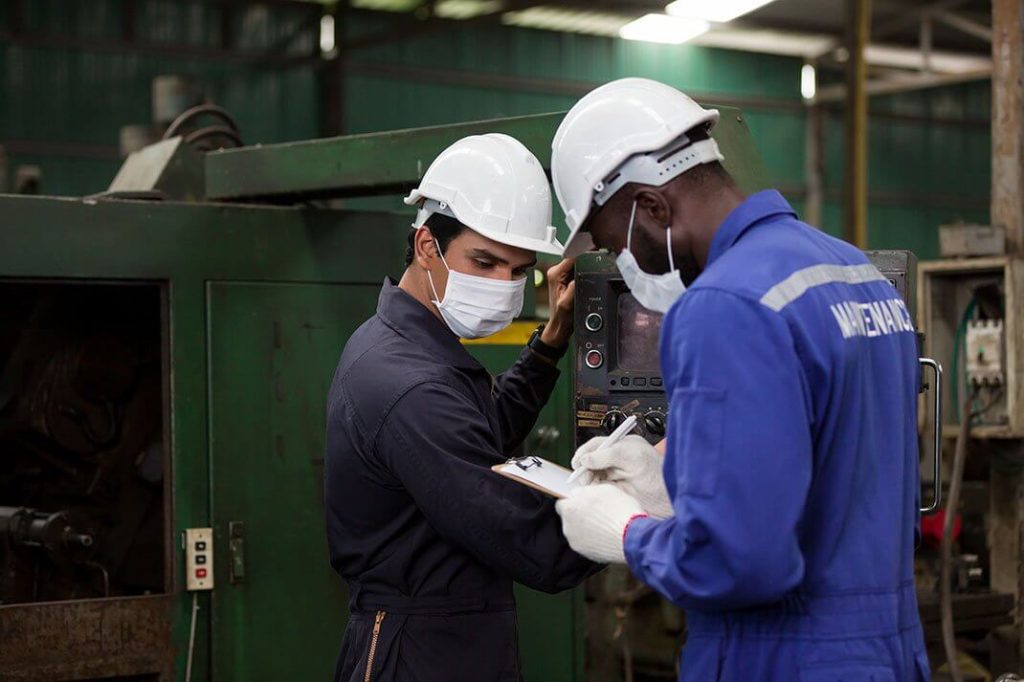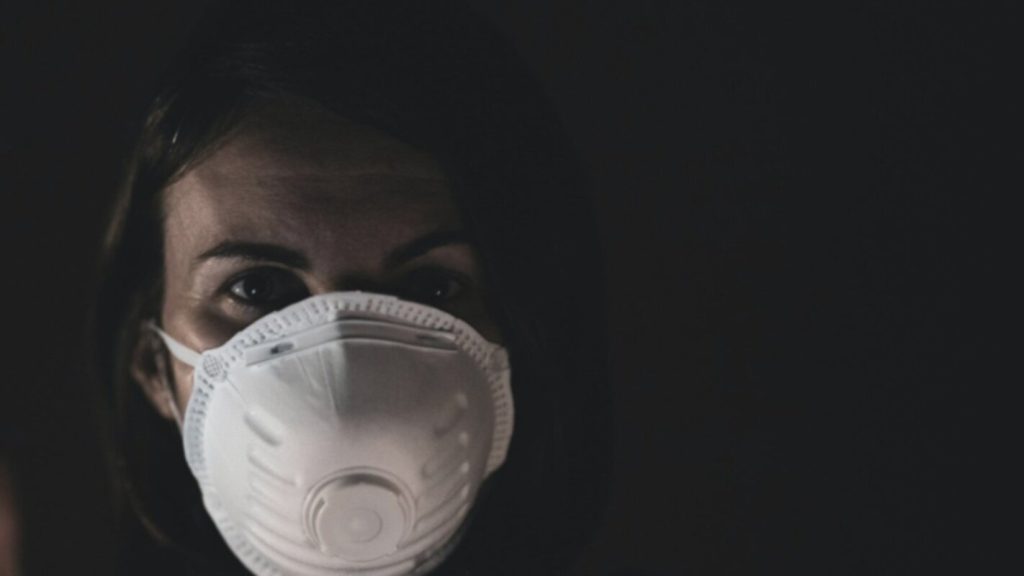Under the Personal Protective Equipment (29 CFR 1910.132) standard, OSHA requires that employers evaluate the workplace to determine if hazards exist or are likely to exist, which require the use of personal protective equipment. Furthermore, OSHA requires that if hazards do exist or are likely to exist, the employer must select and have available, the types of PPE identified to protect their workers from the hazards to which they are exposed.
Below you will find a guide to ensure your business understands the OSHA requirements for identifying respiratory hazards in the workplace.
How do I evaluate the workplace to determine if respiratory hazards exist?
The first step in determining if respiratory hazards exist includes taking a deep look at the processes within your operation and the potential exposure to employees. Here are a few examples:
a. A granite countertop fabrication operation begins to look at their processes. In the granite cutting area of the facility, they identify that a significant amount of dust is generated from the cutting process. They also identify that dust has settled on areas far from the cutting area which indicates it has moved throughout the facility. In this example, exposure to dust would be the main concern. Additional investigation may identify that the dust contains crystalline silica. Refer to our article on Understanding OSHA’s Silica Standard if your company has exposure to crystalline silica.
b. A manufacturing operation conducts welding on stainless steel compressor tanks. During a review of operations, it is identified that the welding process generates fumes which directly enter the employees breathing zone. In this example, exposure to welding fumes would be the main concern. Additional investigation may identify that the fumes contain hexavalent chromium, a well-known carcinogen.
Now that you know that a potential respiratory hazard exists, the hazard to employees must be evaluated by conducting air sampling to determine the level of exposure.
How do I document that the assessment has been conducted and hazards have been identified?
A formal Job Hazard Analysis document should be created that documents the job task and the hazards associated with that task. OSHA has a template form that any business can use which can be found here.
How do I determine the level of exposure to respiratory hazards?
The most objective method of determining a baseline for employee exposure is to conduct air sampling. A Certified Industrial Hygienist (CIH) has the necessary qualifications and equipment to ensure the sample is taken correctly and will review the results after they’ve been analyzed by a laboratory.
The American Industrial Hygiene Association provides a directory of qualified consultants who may be able to assist with your industrial hygiene (IH) needs. You can also engage a workplace safety or OSHA compliance professional as they may have a network of Industrial Hygienist to which they can refer.
The Occupational Safety and Health Administration (OSHA) provides grants to local educational groups and other organizations. These organizations may be able to provide industrial hygiene sampling at no cost to the employer. You can find your local outreach program coordinators using the map at the link below.
How do I know if my employees are exposed above the permissible exposure level (PEL)?
Most occupational exposure is expressed in a Permissible Exposure Level or a PEL. The PEL is the maximum concentration to which an employee can be exposed for a specific chemical substance or physical agent measured over an 8-hour time weighted average.
The industrial hygiene sampling report will provide an objective readout of the exposure to which your employees are exposed expressed in the 8-hour TWA format.
If your employee’s exposure exceeds the regulatory PEL, additional engineering and work practice controls may be necessary. If no additional controls are available or feasible, then the employee must utilize respiratory protection to protect from respiratory hazards.
OSHA Table Z-1, Limits for Air Contaminants can be found here.
If employees are exposed above the PEL, how do I select the correct respiratory protection for my workers?
There are many factors that play into this including the type of filtering media required, comfort of the respirator, and availability of the respiratory protection type.
There are multiple types of respirators available which protect from different kind of hazards, and it can be overwhelming to choose the right respirator. Here are the basic types of respirators.
- Filtering facepiece (N95, Surgical N95, N99, N100, R95, P95, P99, P100)
- Half-mask elastomeric respirator
- Full-mask elastomeric respirator
- Powered Air Purifying Respirator
- Supplied Air Respirator (SAR)
- Self-Contained Breathing Apparatus (SCBA)
The filtering media is, by far, one of the most important parts of respiratory protection selection. As the correct respiratory protection is chosen based on the hazard to which employees are exposed, the filtering media must provide adequate protection to your employees. Here are some examples of filtering media available and the common hazards to which they protect:
Particulate filters
- Dusts and particulates
- Infectious diseases and airborne pathogens
Gas and vapor cartridges
- Chemical gasses and vapors
- Fumes from welding, brazing, and smelting
- Vapors from spray coatings, adhesives, paints, strippers, solvents
Combination particulate filter and vapor cartridge
How do I communicate PPE selection decisions to each affected employee?
One of the most effective ways to ensure employees understand the PPE selected is to provide a combination of classroom style and hands on training.
Most manufacturers of respiratory protection develop training tools which are available on their website.
OSHA also has training videos available at the link below.
Who pays for respiratory protection?
OSHA requires that the employer pay for required respiratory protection in the workplace. There may be an exception if the hazard assessment has determined that respiratory hazards do not exist which require the use of respiratory protection and the employee chooses to wear respiratory protection anyway. Find out more information about mandatory vs voluntary respirator usage.
The Personal Protective Equipment standard gives excellent guidance on how to properly conduct a comprehensive analysis of workplace exposures and respiratory hazards. If respiratory hazards are identified, it is very important that the correct type of mask and appropriate filtering media is selected to ensure your workers are protected. Once hazards are evaluated and respirators are selected, employees must complete the Medical Evaluation Questionnaire and undergo fit testing to ensure an adequate fit before use. Vest’s Respirator Clearance system is the ideal solution for both completing the medical evaluations and managing your respiratory compliance records. If you would like to learn more about the Vest system, you can request a call from a Vest Account Executive.



